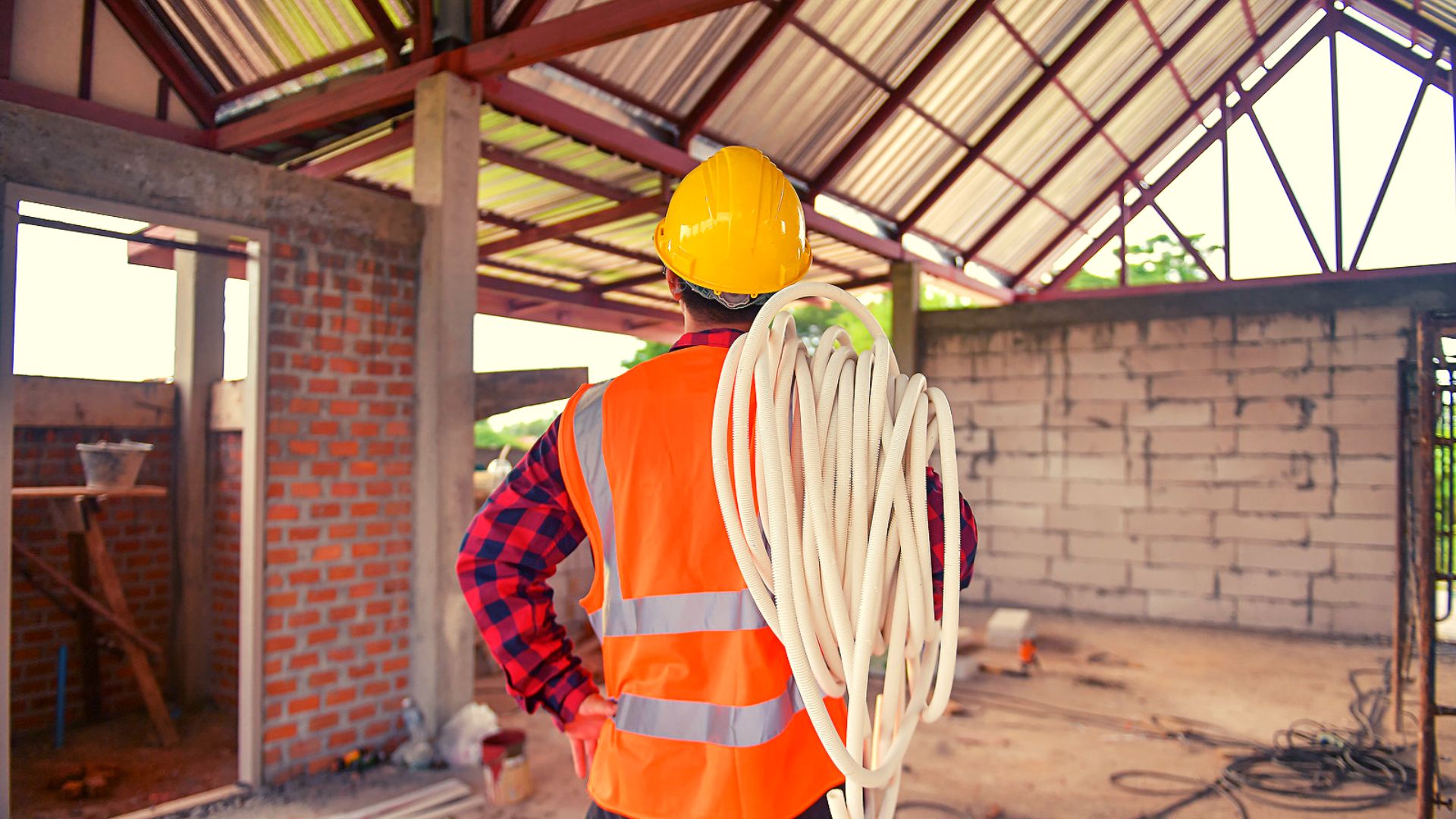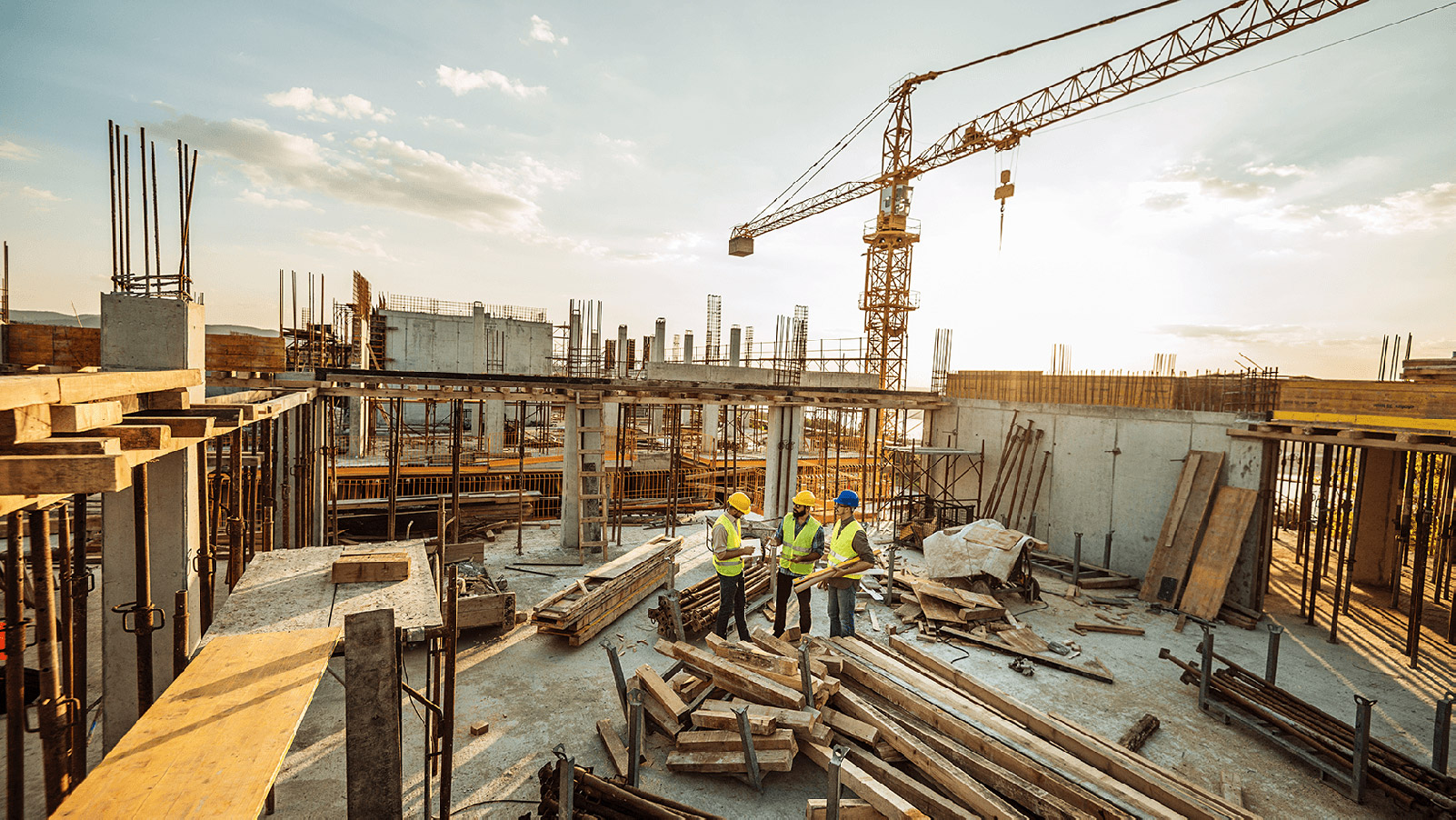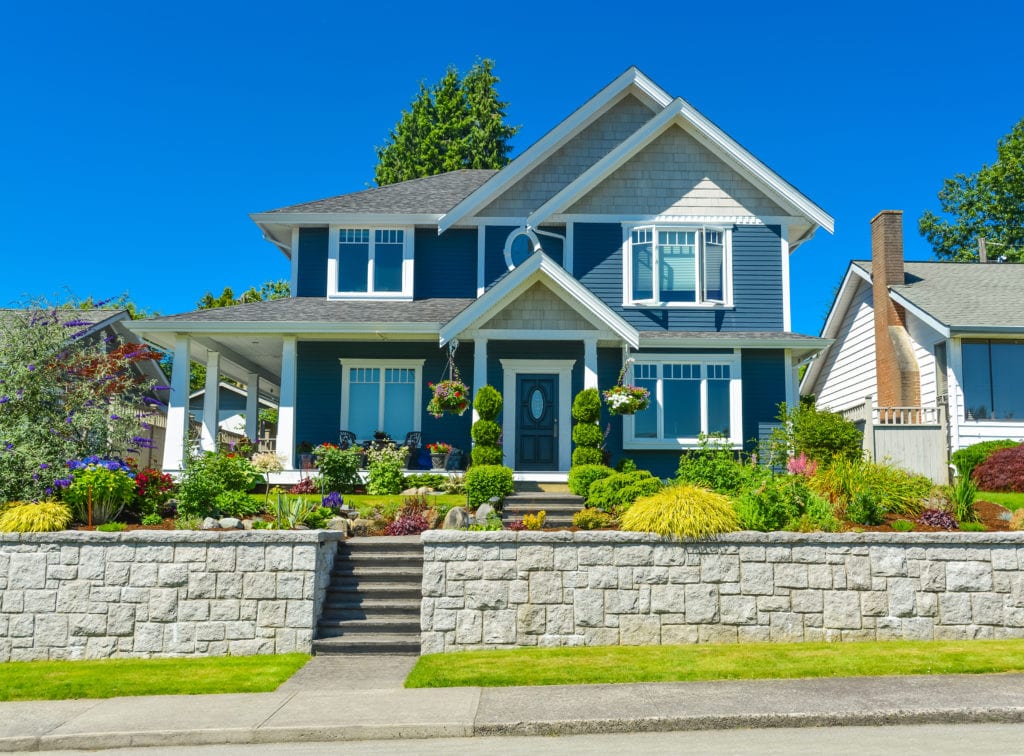Because of the constant interaction of land, ocean, and weather, coastal building offers particular difficulties. Rising sea levels and more severe storms call for strong infrastructure more than ever. These basic practices help to guarantee that projects involving coastal building will last. One effective approach is Marine Bulkheading SOE Construction, which provides robust protection against erosion and flooding.
Knowing Environmental Conditions
Any coastal building project should start with an extensive environmental study. This covers knowing local geography, tide patterns, and meteorology. Understanding these elements enables builders to choose suitable materials and architectural details resistant to demanding environments. For instance, knowing how storm surges impact the region will help one decide structural soundness and building height.
Selecting Resilient Materials
Improving the lifetime of coastal buildings depends on choosing appropriate materials. Choose products resistant to severe temperatures, moisture, and corrosion. While stainless steel reinforcements can offer extra strength against saltwater exposure, concrete with particular additives can help extend its lifetime. Using locally based products can also help the local economy and lower transportation expenses.
Elevation and Flood Mitigation
Building elevation is a cornerstone of resilient coastal construction. Raising buildings above the expected flood level will help to reduce water damage risk. This can include using raised foundations or pilings, which not only guard against flooding but also improve views and lessen the visual impact on the surroundings. Using levees and flood barriers, among other flood-mitigating devices, helps to protect against rising water levels even more.
Sustainable Design Principles

The foundation of strong coastal buildings is building elevation. Raising buildings above the expected flood level will help to reduce water damage risk. This can include using raised foundations or pilings, which not only guard against flooding but also improve views and lessen the visual impact on the surroundings. Using levees and flood walls, among other flood-mitigating devices, helps to further protect against increasing water levels.
Community Engagement and Planning
Engineers and architects cannot build resilience; community involvement is absolutely essential. Including local citizens in the planning process will help to reveal community needs and historical flooding trends. Cooperation guarantees that building projects reflect the interests and values of society, therefore encouraging local responsibility and ownership.
Protecting infrastructure from the unavoidable forces of nature depends on coastal builders building resilience. Builders may make buildings that not only survive but also flourish in harmony with their surroundings by knowing environmental conditions, selecting durable materials, using elevation methods, embracing sustainable design, and involving the community. These best practices will be very important to guarantee the safety and lifetime of coastal developments as we negotiate an unknown future. Implementing effective Marine Bulkheading SOE Construction techniques can significantly enhance the resilience of coastal structures.














Leave a Reply